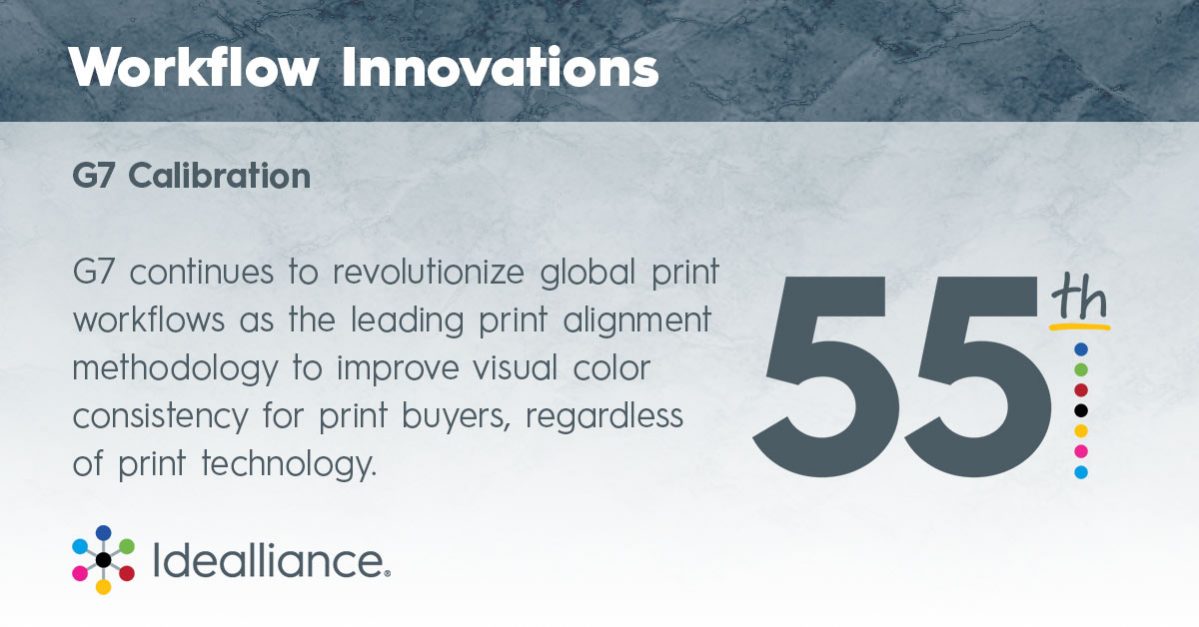Idealliance understands that productivity and efficiency are at the center of an effective workflow. We have created standards-based, automatable processes, enabling every part of the print supply chain to change, grow, and prosper. Over many decades, as both disrupter and architect, Idealliance has reimagined future workflows, shaping the way our supply chain partners operate. This series explores the history of many of those workflow innovations.
G7 Calibration
By 2003, print buyers and their printers were becoming dissatisfied with traditional methods to produce a reliable color match.
Print buyers wanted their printers to achieve a visual match in color no matter what the substrate or the print method employed. Buyers wanted the large sign, the printed carton or can and the advertisement in a magazine to have a visual color match, as color is a critical component of branding.
In 2003, a group of advertising agencies and magazine publishers employed a color scientist, Don Hutcheson, to run a series of experiments to determine how a visual color match could be assured. This work was continued as an initiative of the Idealliance Print Properties Committee with the support of many members of Idealliance. Colorimetric data from more than 20 press runs from around the world were used to define the G7 calibration method facilitated by Dianne Kennedy of Idealliance.
G7 calibration replaces the use of TVI curves with the new concept of employing a single neutral print density curve to ensure a better contrast and density match across multiple print devices to control visual appearance, which was more efffective than traditional TVI-based methods.
In 2005 G7 was officially launched and released to the industry.
The “G” in G7 refers to calibrating gray values and the “7” stands for the seven primary color values defined in the ISO 12647-2 printing standard—Cyan, Magenta, Yellow, Black (K), Red (M+Y), Green (C+Y) and Blue (C+M).
G7 continues to revolutionize global print workflows as the leading print alignment methodology to improve visual color consistency for print buyers, regardless of print technology.
Workflow Innovations from Idealliance
- The SPECTRUM Connection
- SGML (Standard Generalized Markup Language)
- PRISM (Publishers Requirement for Industry Standard Metadata)
- XML (eXtensible Markup Language)
- DISC (Digital Image Submission Criteria)
- G7 Calibration
- PQX (Print Quality eXchange)
- Mail.XML
- papiNet
- PROSE XML
- Mail.dat
- SWOP (Specification for Web Offset Publications)

